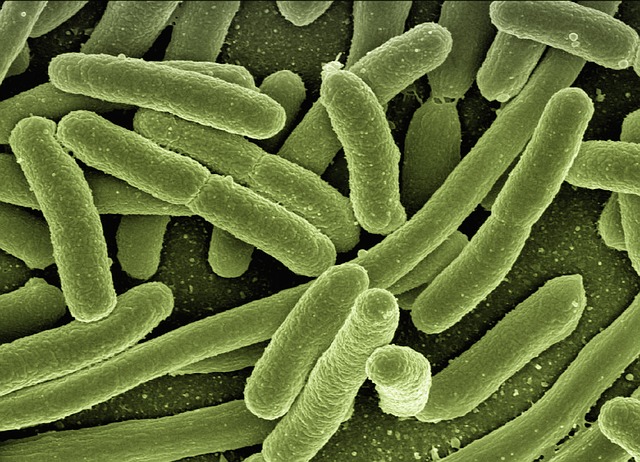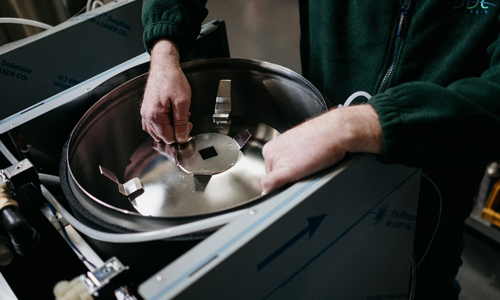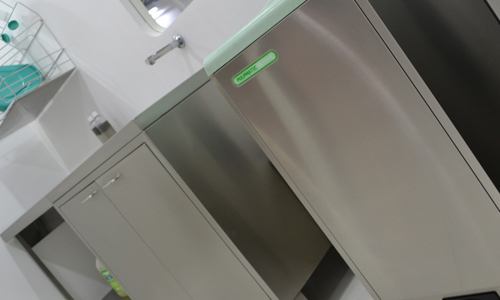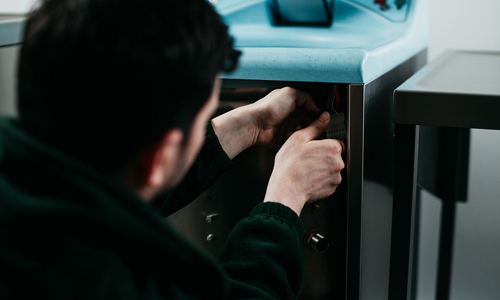The Role of Airborne Bacteria in NHS Infection Control
Airborne bacteria present a potent threat in healthcare environments.
Take C. difficile, for example.
In one study, this potentially deadly strain of infection was seen to survive for 5 months on hard surfaces or fabrics. When this bacterium is exposed to the air, it’s distributed in tiny droplets, which then settle on surfaces and allow the virus to spread.
In addition, bacteria can travel much further when they are aerosolised, allowing them to be easily inhaled, or to infect exposed tissue and mucous membranes.
Once an infection is established and spreads through the air, it is far harder to contain.
While infections can be reduced by standard infection control procedures, such as surface cleaning, good hand hygiene and other measures, bacteria which has aerosolised can still be carried through the environment via airborne dust particles or droplets.
Not only will bacteria circulate through the room it was exposed to, but also find its way fairly rapidly throughout the facility if ducted ventilation systems are in place; or even through the natural circulation of open doors and being transported on peoples’ skin.
Once bacteria is in the air, it’s far more challenging to prevent the spread of infection – it simply isn’t restricted to a single site.
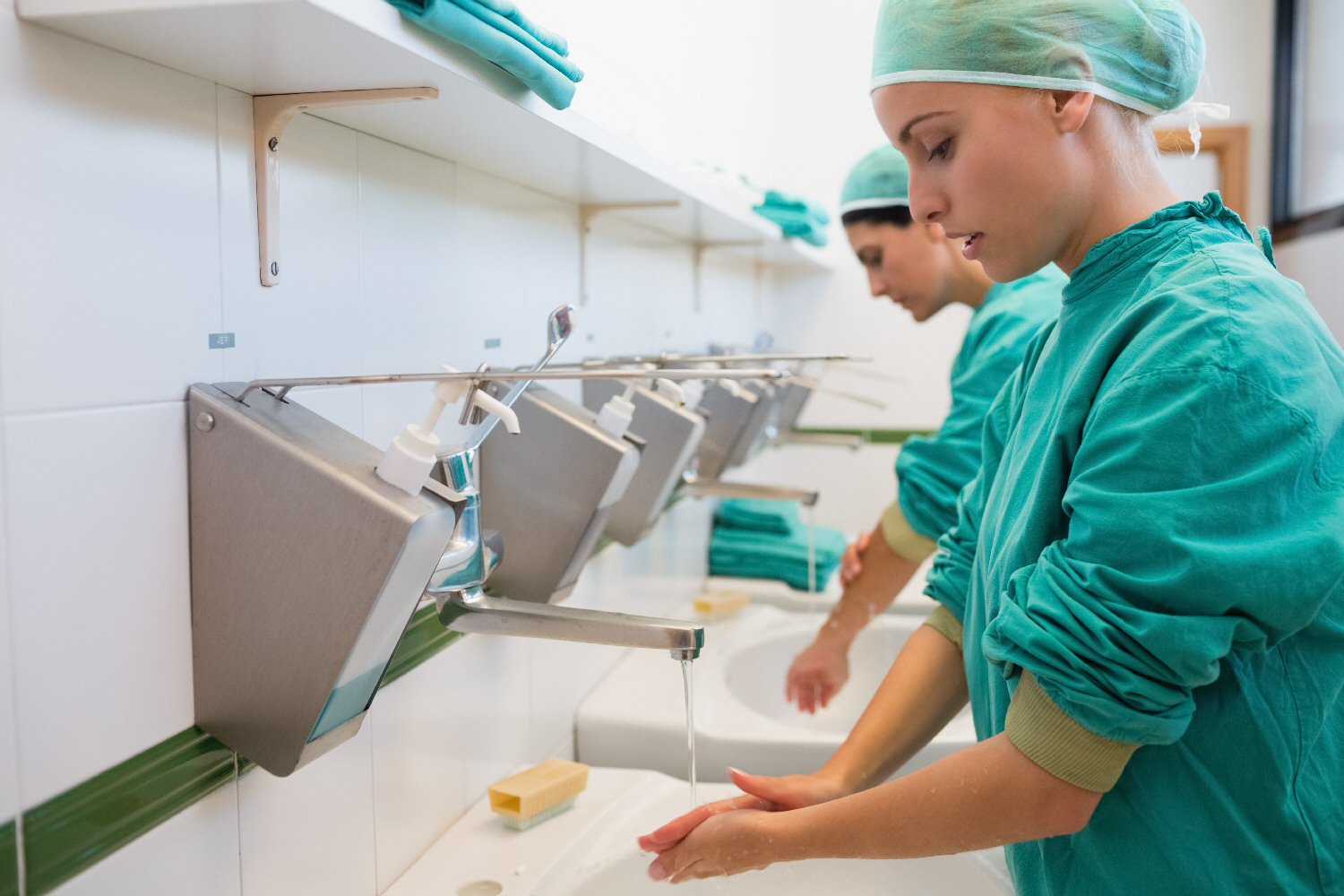
Airborne bacteria also introduces a major challenge in regard to odour control.
Odour is a natural defence mechanism, warning you not to get too close.
Spoiled food and human waste are both examples of nature doing its best to stop you exposing yourself to dangerous bacteria that could make you ill; the smell will surely put you off.
However, in many hospital wards, bacteria-harbouring waste is often managed and disposed of at the point of care, and it’s therefore very difficult to prevent 100% of bacteria from reaching the air.
The result? Unpleasant smells that often linger, causing discomfort amongst patients, clinicians and visitors.
When your standard infection control procedures are rising to the challenge of surface bacteria, but not quite managing to prevent its aerosolisation, bad odours will persist. To solve the problem and restore confidence in your hygiene protocol, you need to turn your attention to air purification.
UV air purification adds an additional layer of protection against infection, without any additional work for your clinicians.
The UVMATIC air purification system from DDC Dolphin helps to provide relief from persistent odour problems, while also destroying bacteria on air and surfaces.
The UVMATIC draws in the polluted air and treats it using UV light and photocatalytic oxidation, utilising three powerful, odour-neutralising ingredients:
- Photoplasma – destroys bacterium viruses, mould and microorganisms
- Ozone – a highly reactive and energised oxygen which disinfects the air
- Negative ions – increase the efficiency, removing airborne impurities and dust.
The UV technology in UVMATIC is proven to kill the airborne bacteria which produce bad odour, as well as keeping patients, clinicians and visitors safe from infections such as flu, E. coli, salmonella and streptococcus.
Once installed, UVMATIC does the hard work for you, without requiring any input from care staff. Powered by a single specialist, low-energy UV bulb, UVMATIC offers 9000 hours of worry-free air cleansing, without the need for strong chemicals.
Ready to discover more? Enquire about UVMATIC today and you could win a free unit for your facility.
